While henna is the kind of tattoo that doesn’t last on the skin, henna stains on clothes is a different story. Unlike our live skin, which cleanses itself regularly and replaces dead cells with new ones, clothes absorb henna stains, where they become a semi-permanent feature that ruins the design and the color scheme of these garments. So how do you remove henna stains from clothes?
You can use dish soap, an enzyme stain remover, ammonia, white vinegar, methylated spirits, or rubbing alcohol to remove henna stains from clothes.
- For cotton fabrics, you can use a white vinegar and baking soda sequence combo to remove henna stains.
- For delicate fabrics such as silk and velvet, it’s recommended to use a tannin stain remover for delicate clothes.
As with other stains, fresh henna stains are easier to remove than dried ones. Once henna dries, the dye sets in the fabric, and removing such a stain can be hard work.
Read more to find out how to remove henna stains from clothes.
What you Need to Know About Henna
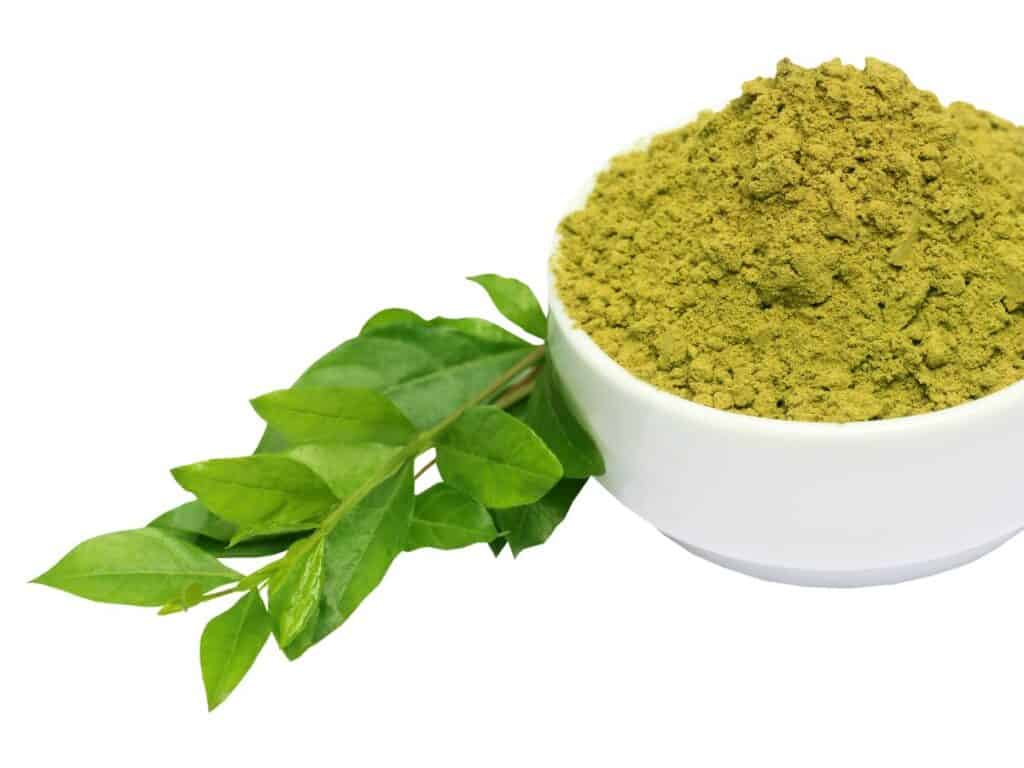
Henna is a plant-based dye rich in tannin. The tannin in the dye is what gives it the orange-brown color that makes it appealing in decorative tattoo-like designs. It’s a popular art form in the Middle East and Southeast Asia, especially at weddings.
But more and more, henna has found some popularity in tattoo parlors, where it replaces ink and is considered a temporary tattoo that fades when you lose interest in it.
Henna is also a popular hair dye that gives your head a lively orange color. Most henna stains on clothes are caused by using henna as hair dyes more than as temp tattoos. Henna is quick to stain fibrous fabrics such as cotton, linen, and wool.
But that doesn’t mean that silk, satin, suede, nylon, polyester, and velvet are immune to the powerful henna. They still get an orange or red discoloration that fades with every wash.
In general, you should take swift action as soon as henna falls on the clothes. Removing the green paste and washing the stains in cold water can go a long way in reducing the henna discoloration and lets you wash off the stains without the need to resort to harsh chemicals that could damage the fabric or the color.
If the henna dries on the clothes, soaking in cold water is inevitable.
How To Remove Henna Stains From Clothes
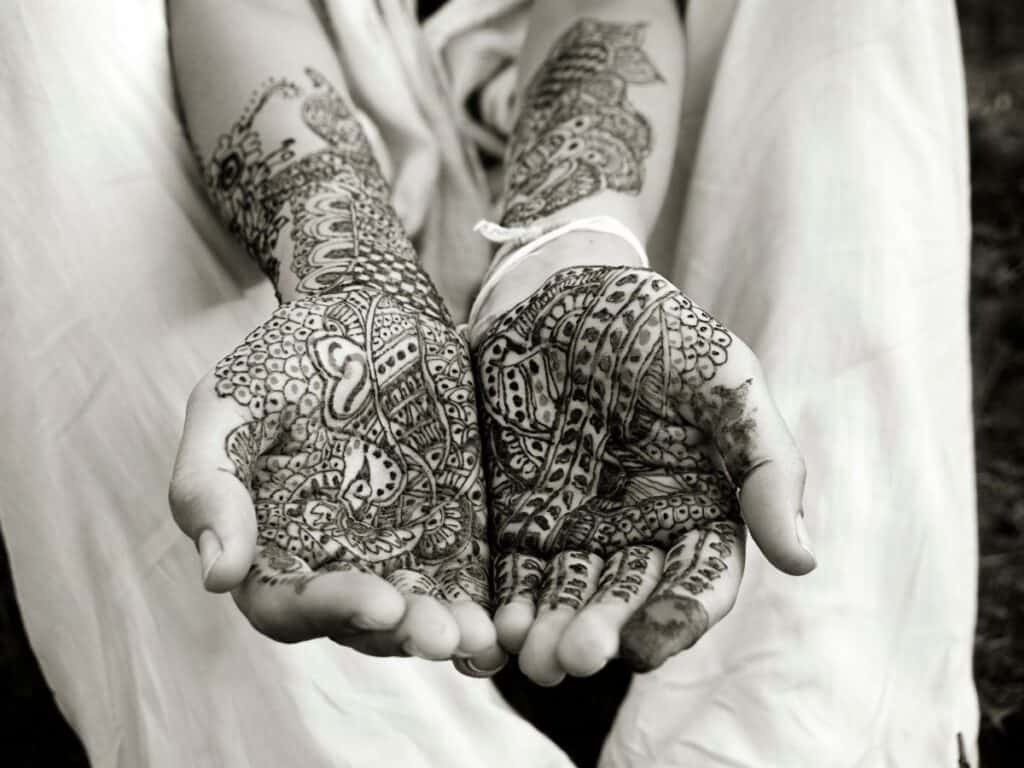
If you use henna regularly to dye your hair or create colorful designs on your skin, chances are, your clothes will get unwanted henna stains every now and then. Tannin in henna, the same tannin to be found in coffee, isn’t easy to wash with soap and water.
You’ll need a stain remover such as white vinegar, baking soda, rubbing alcohol, enzyme stain remover, enzyme laundry detergent, dish soap, methylated spirits, or ammonia. Each one of these will work on the henna stain and break it down.
- Fill a bowl with cold water and drop the stained part into the water. Push it down until it gets wet. Soak it for at least one hour. If the henna has dried, soak it overnight.
- Rub the dish soap on one side of the stain and vinegar on the other side. You can also use vinegar and baking soda on the stain directly.
- Set the garment aside with the cleaning liquids for at least two hours.
- Wash the stain with cold water to remove the excess liquids along with the henna stains.
- Examine the stains to see if they’re gone. You might have to repeat steps 2 to 4 a few times.
- Drop the clothes in the washer and set it to a regular washing cycle in cold water.
- Add a cup of vinegar to the laundry in the rinse cycle to get rid of any traces of the stain.
Best Ways to Remove Henna Stains
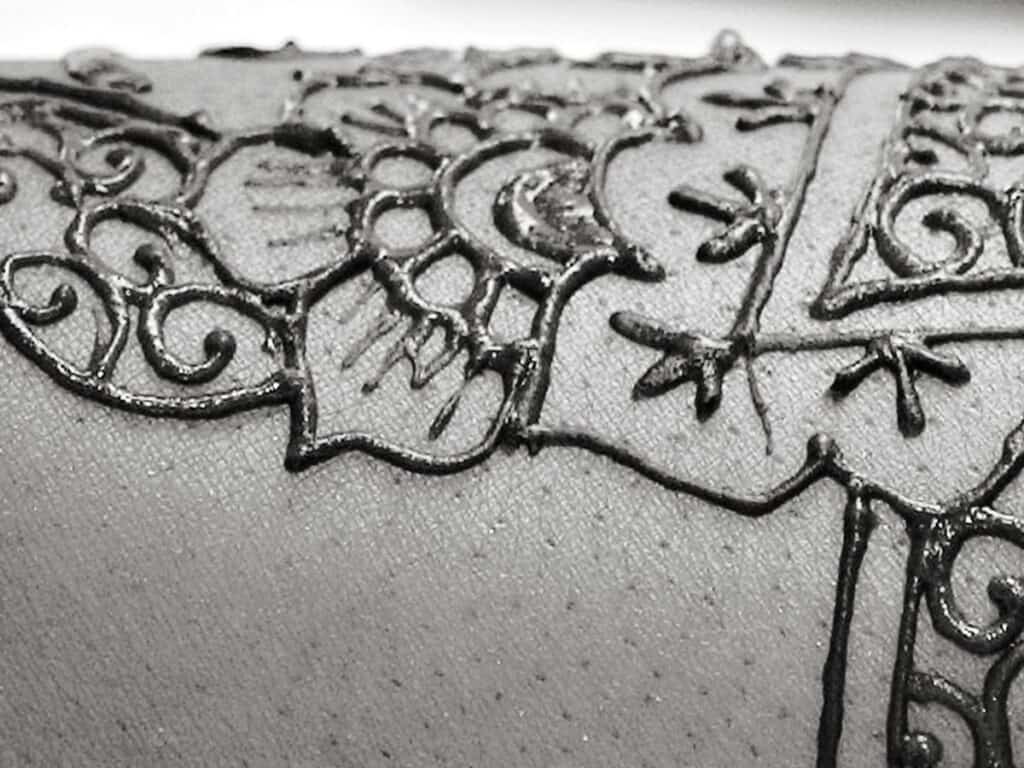
Although using dish soap and white vinegar or baking soda and white vinegar to remove henna stains from clothes sounds straightforward enough, not all fabrics will respond to this treatment. Delicate fabrics could be damaged by white vinegar.
And unless you’re dealing with colorfast clothes, chances are, the treated spot will fade as a result of the harsh chemicals.
The following are other methods to remove henna stains not just from clothes and fabrics but from other surfaces and even from your skin.
Each method is specific to a type of fabric or material. If the recommended methods for the type of fabric don’t work, then try another method until you get the henna stain removed.
Always test the method or solution on a hidden part of the fabric before applying it to the stain.
Lemon Juice
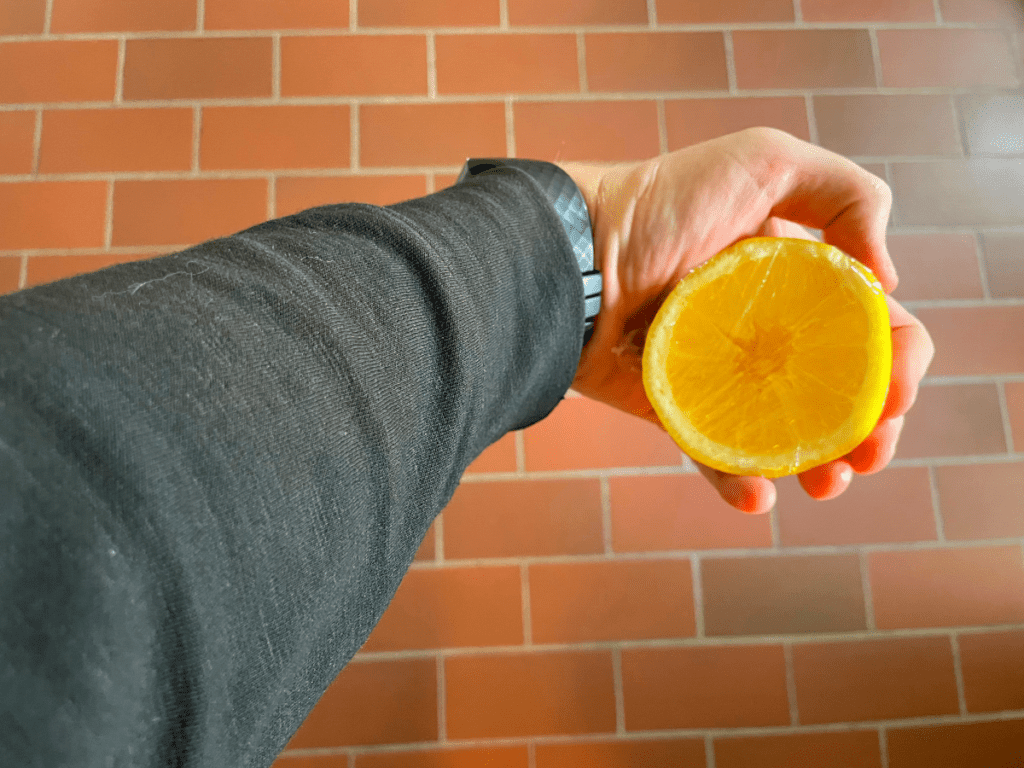
Lemon juice is an acidic liquid that can break down the henna pigment and dislodge the discoloration. However, it’s a strong liquid and should only be used as a last resort with henna stains that have resisted all other treatments.
If you’re worried about lemon juice damaging the fabric, try it on the corner of the garment first. Here’s how to apply it.
- Cut a lemon in half and remove any seeds.
- Remove any excess henna paste with your fingernails or a coarse brush.
- Spread the garment on a level surface such as a table with the henna stain facing up.
- Squeeze half a lemon on the stains and make sure the lemon juice is absorbed by the fabric. Rub the juice with your finger to push it in.
- Let it sit for about 15 minutes, then rinse under cold running water.
- Repeat steps 4 and 5 until the stain is removed.
- Wash in cold water and a normal washing cycle, then air it to dry.
Soap
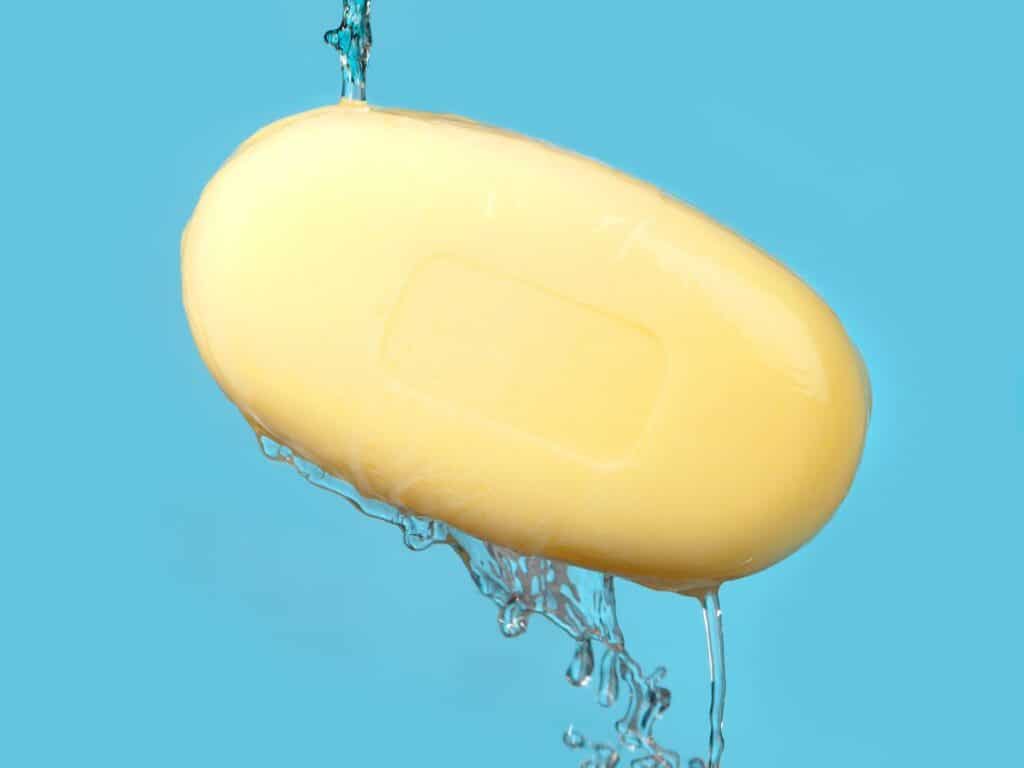
The humble soap is the go-to cleaning option when it comes to most stains. Soap has an amazing quality of breaking down most food stains, especially when you treat them before they dry on the fabric.
Henna stains on clothes can respond well to soap and cold water as long as you don’t allow the henna paste to dry. For the purpose of the henna stains, you’ll need any good liquid soap, a bowl, and a scrub.
- Start by scrubbing the henna paste off the fabric. If the fabric is delicate, try a sponge or a washcloth instead of the scrub.
- Soak the stained area in cold water for about an hour to get the fabric moist and prevent the henna from setting.
- Rinse the stains under running cold water to get rid of the broken-down henna pigment.
- Apply a few drops of liquid soap to the stain and rub it in with your finger to help the fabric absorb the liquid.
- Set the soaped-up stains aside for anything from 15 to 30 minutes. Soap is a mild cleaning solution that works with all types of fabrics. So you won’t have to worry about damaging the nylon or silk fabrics.
- Use the sponge or washcloth to rub the stain off.
- Rinse and repeat steps 4 to 6 until the stain is gone.
- Wash in cold water as normal.
Baking Soda
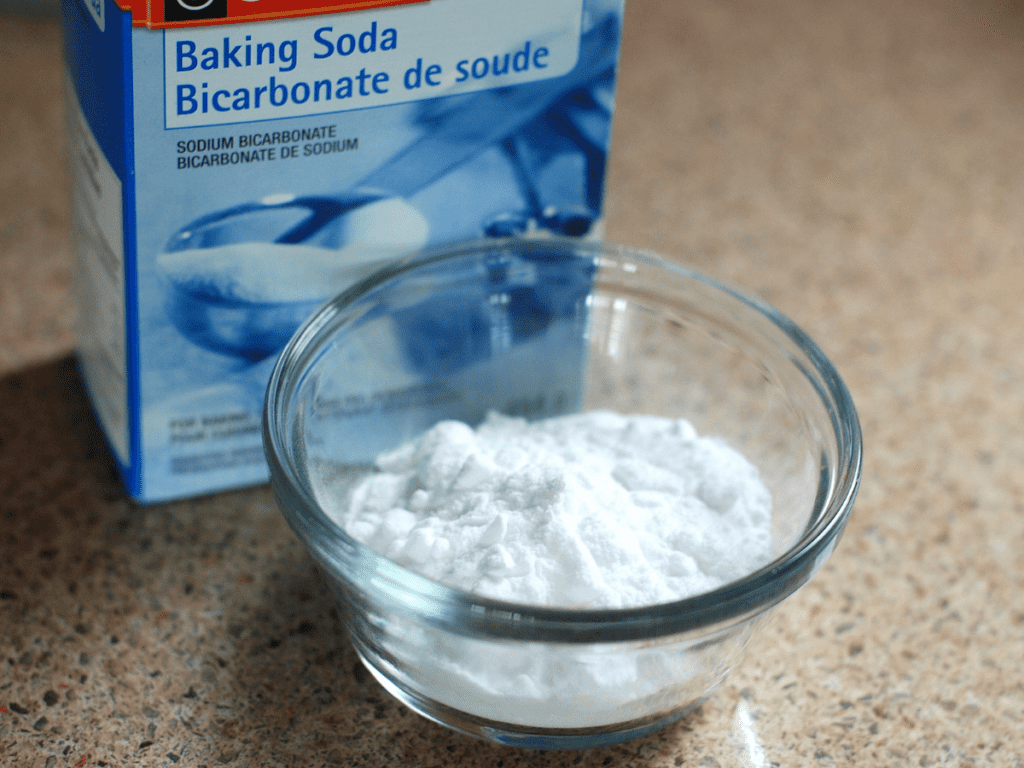
Baking soda is one of the most popular household products. Its fame lies in its ability to remove the most stubborn stains.
For many people who buy baking soda, it’s mainly a cleaning product rather than a powder to use for baking. While baking soda can break down many stains, including henna stains, it’s recommended to use it with white vinegar.
- Brush off the henna paste with a wet sponge and soak the stains in cold water for at least an hour.
- Rinse the stains under cold running water and blot off the excess moisture with a paper towel.
- Place the garment on a level surface such as a kitchen table with the henna stain up.
- Sprinkle an inch-thick layer of baking soda on the stains to cover them thoroughly.
- Let the baking soda work on the henna pigment for the next half hour.
- Use the sponge to remove the baking soda along with the henna stain.
- Rinse under cold running water and examine the stain. Repeat steps 3 to 6 as necessary.
- Wash in cold water.
Micellar Water
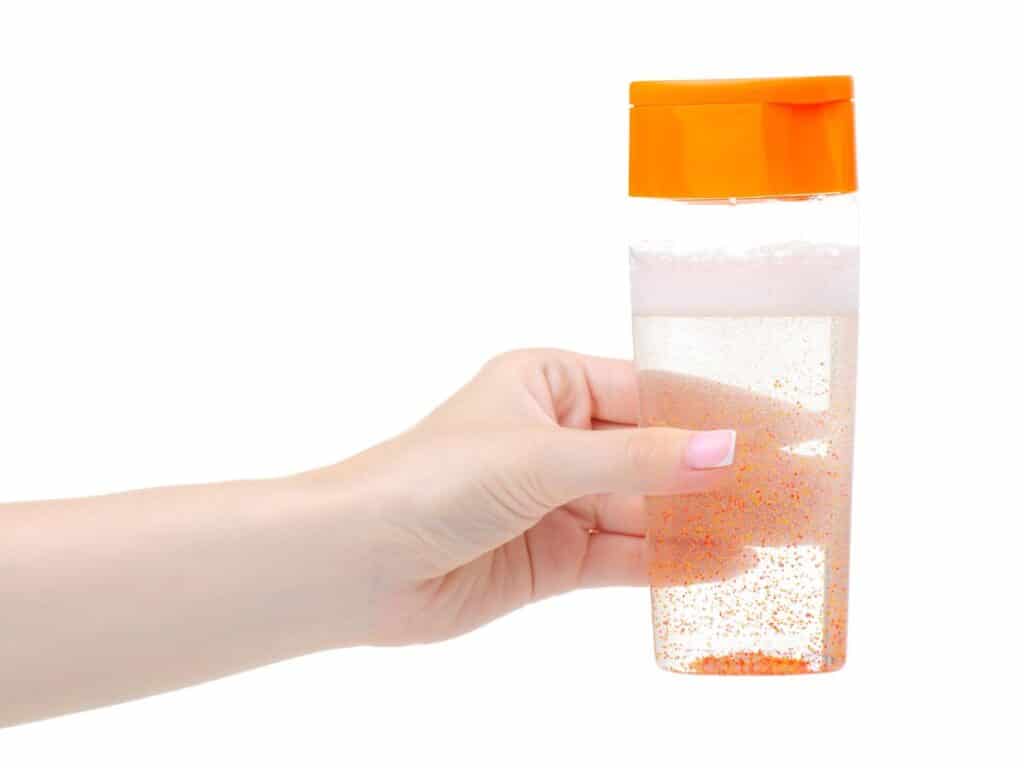
Micellar water is water enriched with micelles. These are particles that break down tough stains, including henna pigment, and dislodge them at a deeper level. You can buy micellar water online or find it in your local drug store.
You’ll need a sponge and cold water. This method works for henna stains on different surfaces, from fabrics to skin. It’s not recommended to use it to remove henna from hair.
- After the regular scrubbing and soaking in cold water, blot the excess moisture with a paper towel and stretch the garment on a table.
- Dip the sponge in micellar water and apply it to the henna stain or tattoo. Rub it gently until the henna stain is removed.
- For dry henna stains on absorbent surfaces such as fabrics, apply a few drops of micellar water to the stain and leave it for 15 to 20 minutes before rubbing the stain off with the sponge.
- Rinse the treated area thoroughly with cold water, then wash the fabric as per the instruction tag.
Baby Oil
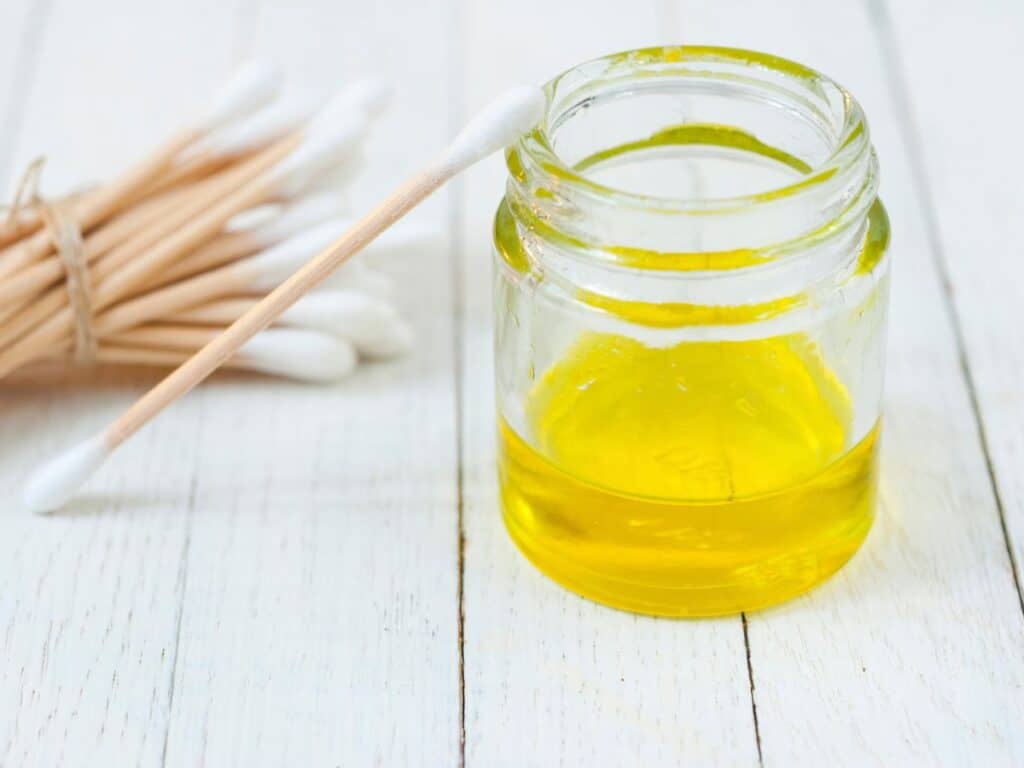
If you don’t like how the henna tattoo looks on your skin, you can remove it with baby oil. This method works only for henna stains or tattoos on the skin.
Don’t use baby oil on fabrics since it stains easily. Apply the baby oil to the tattoo with a sponge and leave it for 5 to 10 minutes, then rub it off. Wash the treated area with soap and warm water to remove all traces of the baby oil.
Exfoliating Scrubs
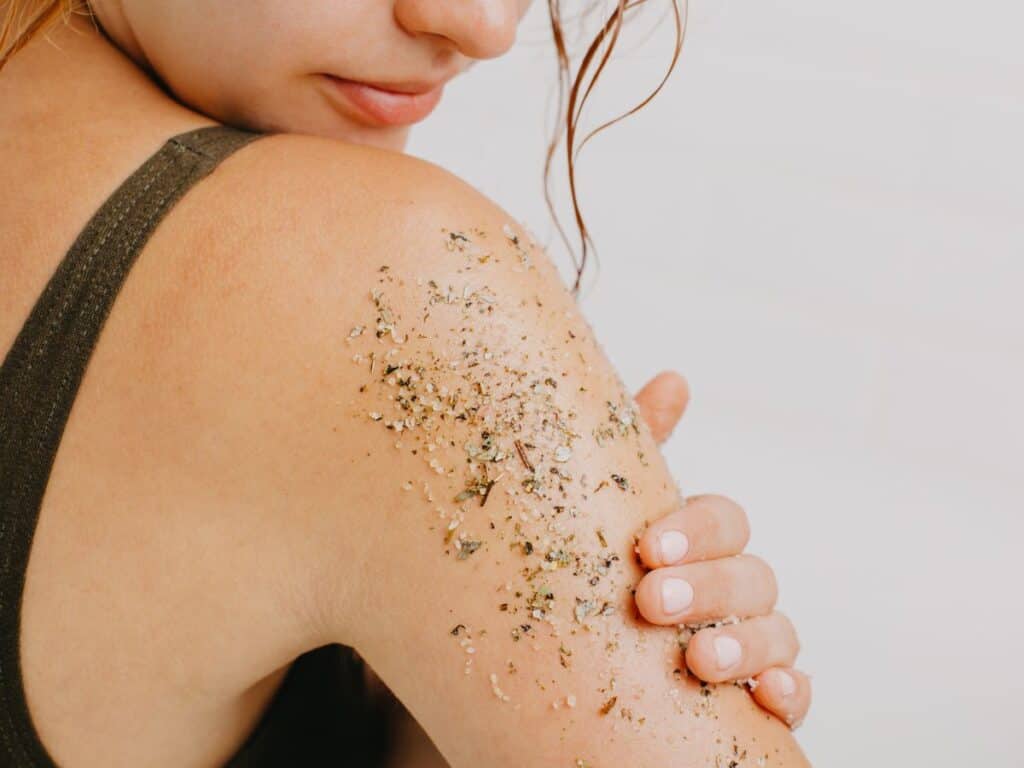
Exfoliating scrubs work the same way as shaving a tattoo off. The scrubs give the skin a deep cleansing that uproots the henna pigment along with any unwanted hair in the area. Rinse with cold water and apply a soothing cream.
Safety with Henna
Although henna is a plant-based dye, the product you buy at the store has many additives that could trigger allergies in people with sensitive skin. Some of these additives include nickel, vinegar, clove, and coal. Before using henna for the first time, make sure you’re not sensitive to any of its ingredients.
- Side effects of henna include skin redness, loss of pigmentation, being sensitive to the sun, and lesions in the skin that ooze fluids.
- If you show any of the side effects of henna allergies, stop using the dye and get medical help.
- Avoid using black henna. This product contains p-phenylenediamine (PPD), which is known for triggering severe allergies.
- Hair dyed with henna is more likely to stain your pillows, especially for the first few nights after the application. Consider switching to pillowcases that match the color of henna or in a darker shade of red or orange.
Frequently Asked Questions
Will Dried Henna Stain Sheets?
Once henna dries, it will flake, but it will not stain any surfaces it comes in contact with. Henna stains only when the paste is moist.
How Long Will Henna Last?
Henna tattoos last about 2 weeks on the backs of hands and feet. It will fade with washing. On the face or other parts of the body, henna will last only a few days.
Will Nail Polish Remover Take off Henna?
You can use nail polish remover to get rid of the henna tattoo on your skin. Rub the liquid on the tattoo and scrub it off with your hand.
Conclusion
Henna stains can be removed with any stain remover, such as baking soda and white vinegar, lemon juice, liquid soap, dish soap, enzyme removers, and ammonia.
Next, you can check out my complete guide to removing all makeup stains.

I’m an expert wardrobe organizer and a bit of a clean freak. I created this website and its YouTube channel to share practical guides about laundry and organizing. My teachings have been featured in multiple large news publications, and I’ve self-published two wardrobe organizing books and an entire course on the subject.

